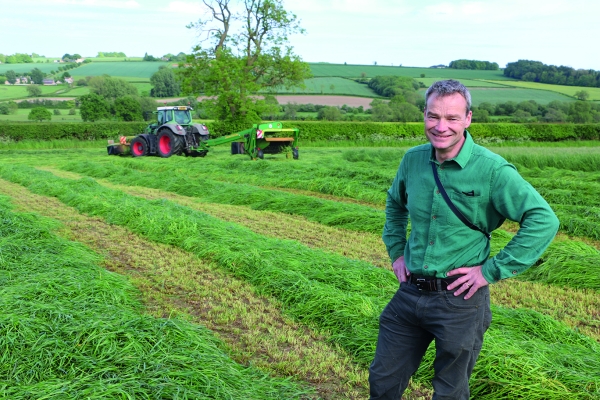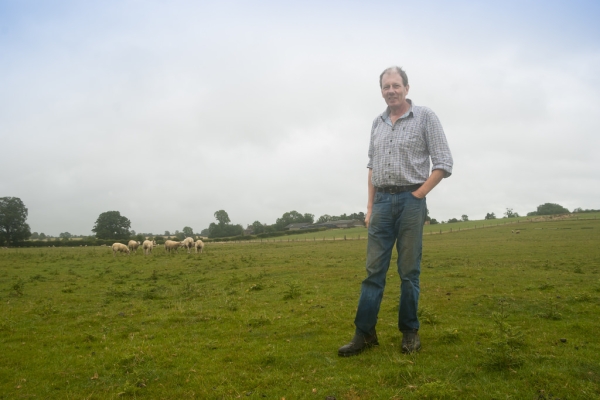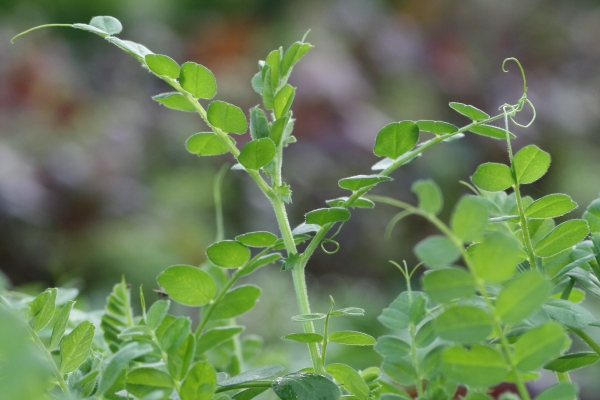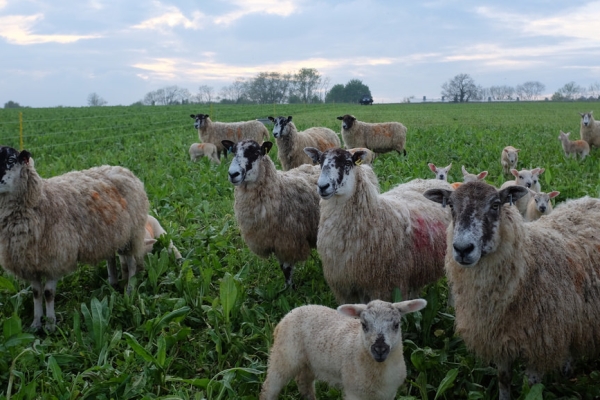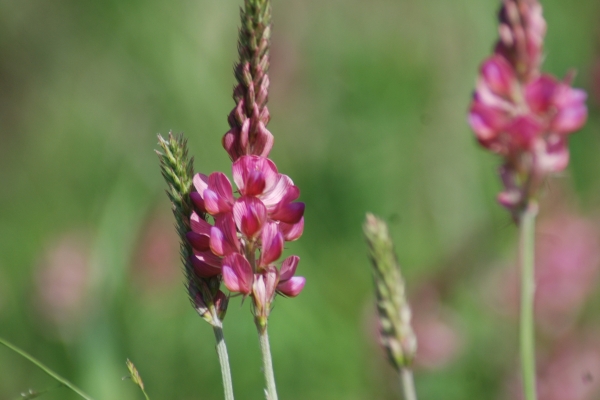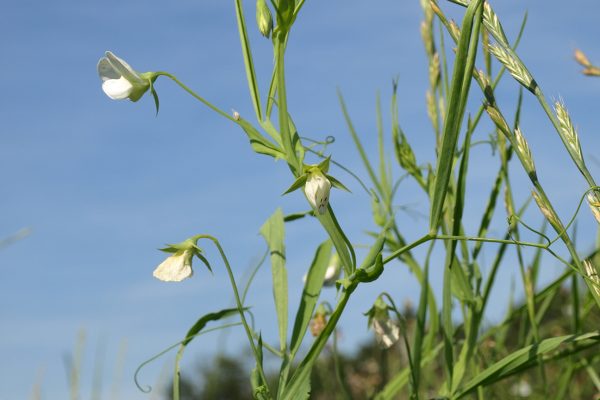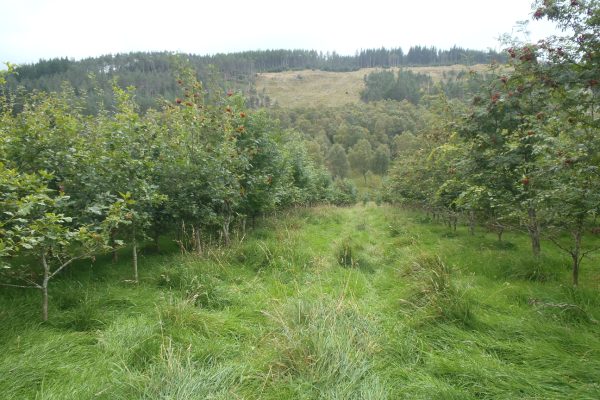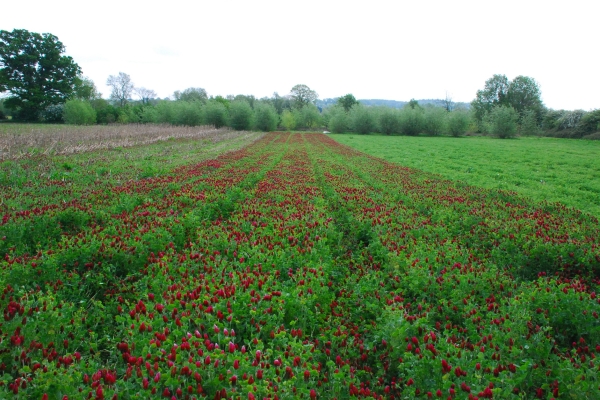Forage Legumes: Difficult for Farmers to resist?
Resource explained
This engaging 19.5-minute video is footage of Ian Wilkinson of Cotswold Seeds at Honeydale Farm, explaining the benefits and challenges of growing different and mixed forage legumes in his experience as a seed merchant.
He focuses on:
- Soil; how plant requirements such as deep rooting, nitrogen fixing, protein rich and providing food for pollinators can be met through combining species and benefit soil structure, fertility, biology and biota.
- Healthy livestock; benefits such as higher protein levels, lack of bloat, increased palatability, overall health and growth, and moving away from reliance on anthelmintic drugs. Also evaluates ryegrass, refers to research being carried out within Legume Plus, and links to farmers talking about benefits they have noticed for their livestock and soil of growing different species.
- Money in the bank; the challenges of making Honeydale Farm profitable. He refers to farmers who have developed effective systems of improving soil quality with legumes.
Findings & recommendations
- One grass, legume or herb species will not provide all you need for forage legumes; combining them provides flexible and robust mixtures.
- Ryegrass is easy to establish and has cheap seed, but is shallow rooting, does not fix nitrogen (N) or provide pollinator food, and is not protein rich. If combined with species such as red clover and chicory, the deeper roots improve the soil structure, N is fixed in the soil, you provide pollinator forage, and soil life i.e. earthworms, protozoa and nematodes, gradually increases. The combination of crops allows animals access to grazing ground throughout the seasons and increased palatability and protein brings increased intake and growth.
- Combining plant species with different characteristics can substantially increase yields. Experiments across Northern Europe showed a 47% increase in yield with mixed species to that of one; in high and low soil N situations.
- Combined species can also provide healthy forage, improved soil quality, and reductions in costs. The proportions of each type of plant in a sward are important; 30 – 50% legumes should provide enough protein and fix enough N.
- Money spent on anthelmintic drugs could potentially be reduced by using plants such as sainfoin, birdsfoot trefoil and chicory.
Related articles
"Farmers should be low cost in terms of money and resource used, leaving cash in their banks and fertility in the their soil."
Alex Joynson, livestock and arable farmer in Malmesbury, Wiltshire, discusses planting herbal leys for livestock forage and arable rotation.
This Cotswold Seeds / Garden Organic publication provides detailed, practical information to help you select and use green manure crops.
Insights into Ian Wilkinson's quest to create a system of mixed farming with diverse cropping and livestock, reducing external inputs and adding value to commodity...
Video outlining the challenges of growing and managing sainfoin, ways it can benefit livestock and bees, and current interesting research.
The important role of legumes as a food resource for pollinators and species that can help provide the forage reserves throughout the year.
Recommendations from the SOLMACC project for implementing climate-friendly and resilient farming practices on-farm.
Guidance on legume species characteristics and management to help you formulate your own seed mixtures, based on Legume LINK research.
Fascinating insights from scientists involved in the LegumePlus project; the reasons behind the research and what the research has revealed.


